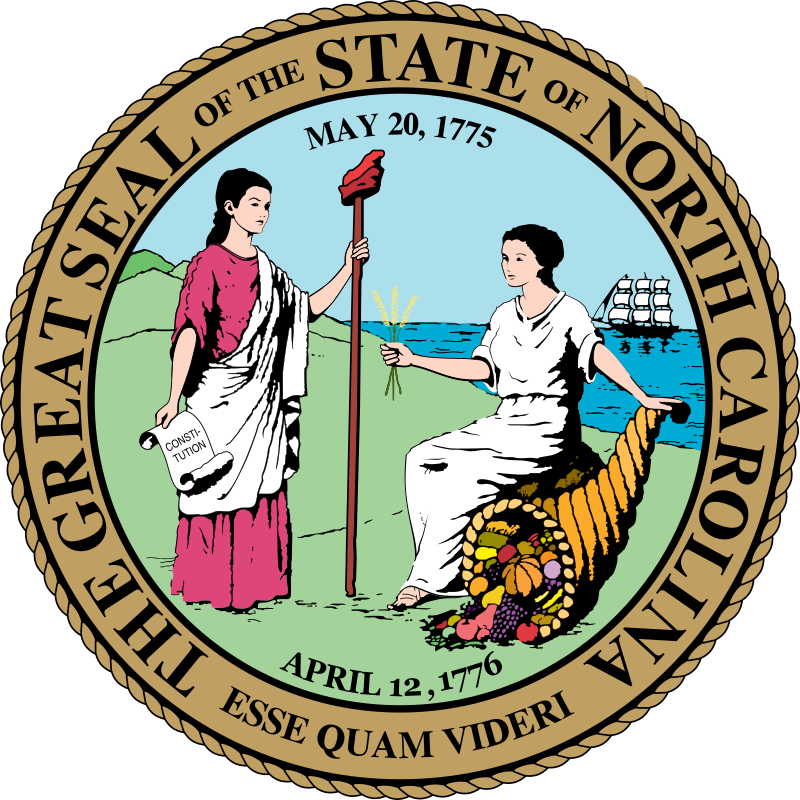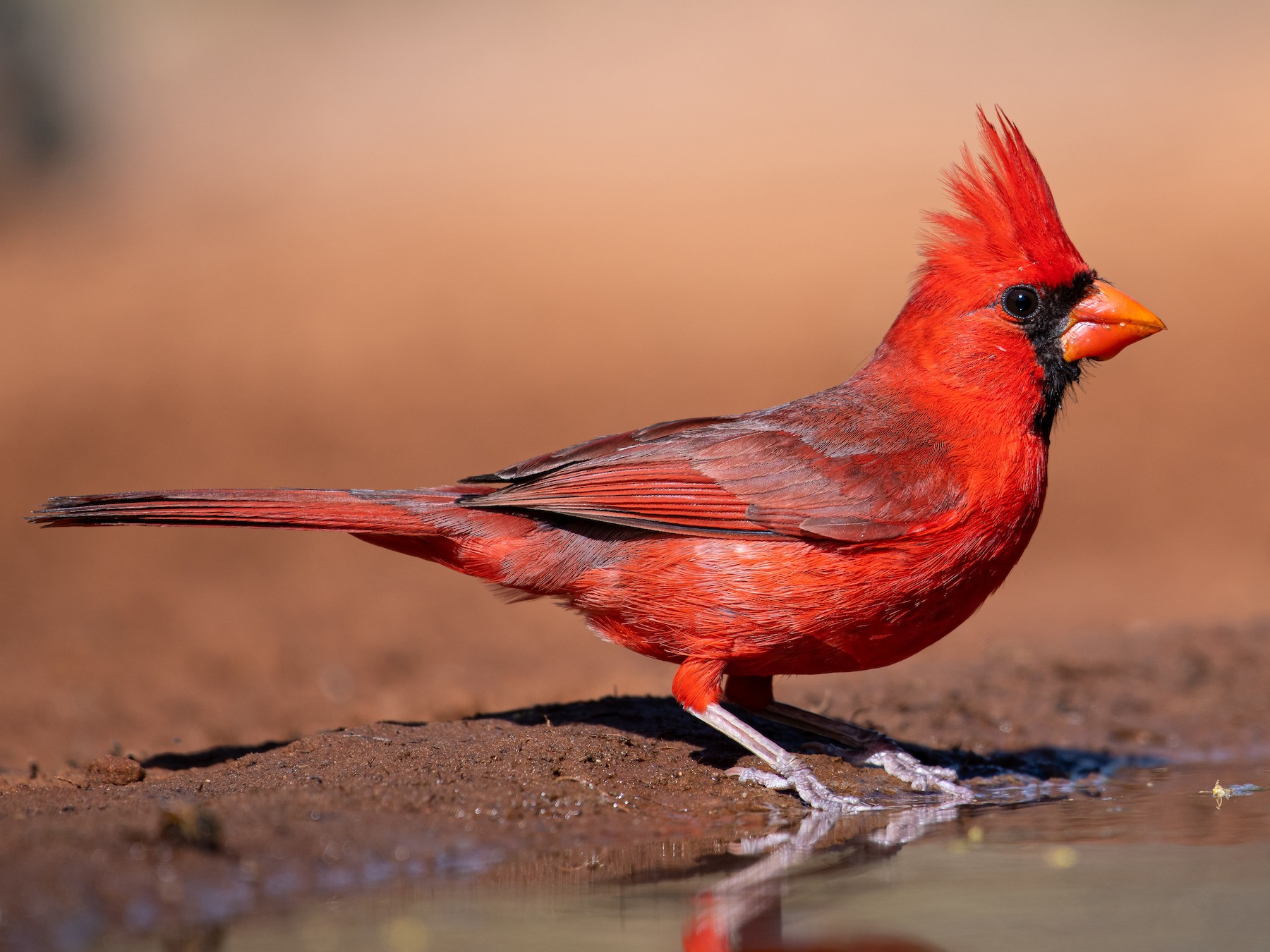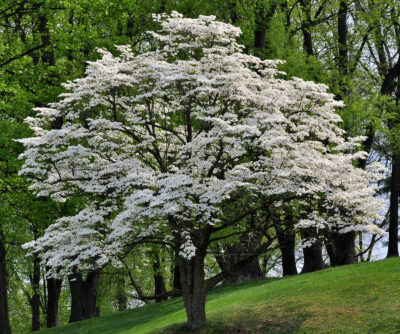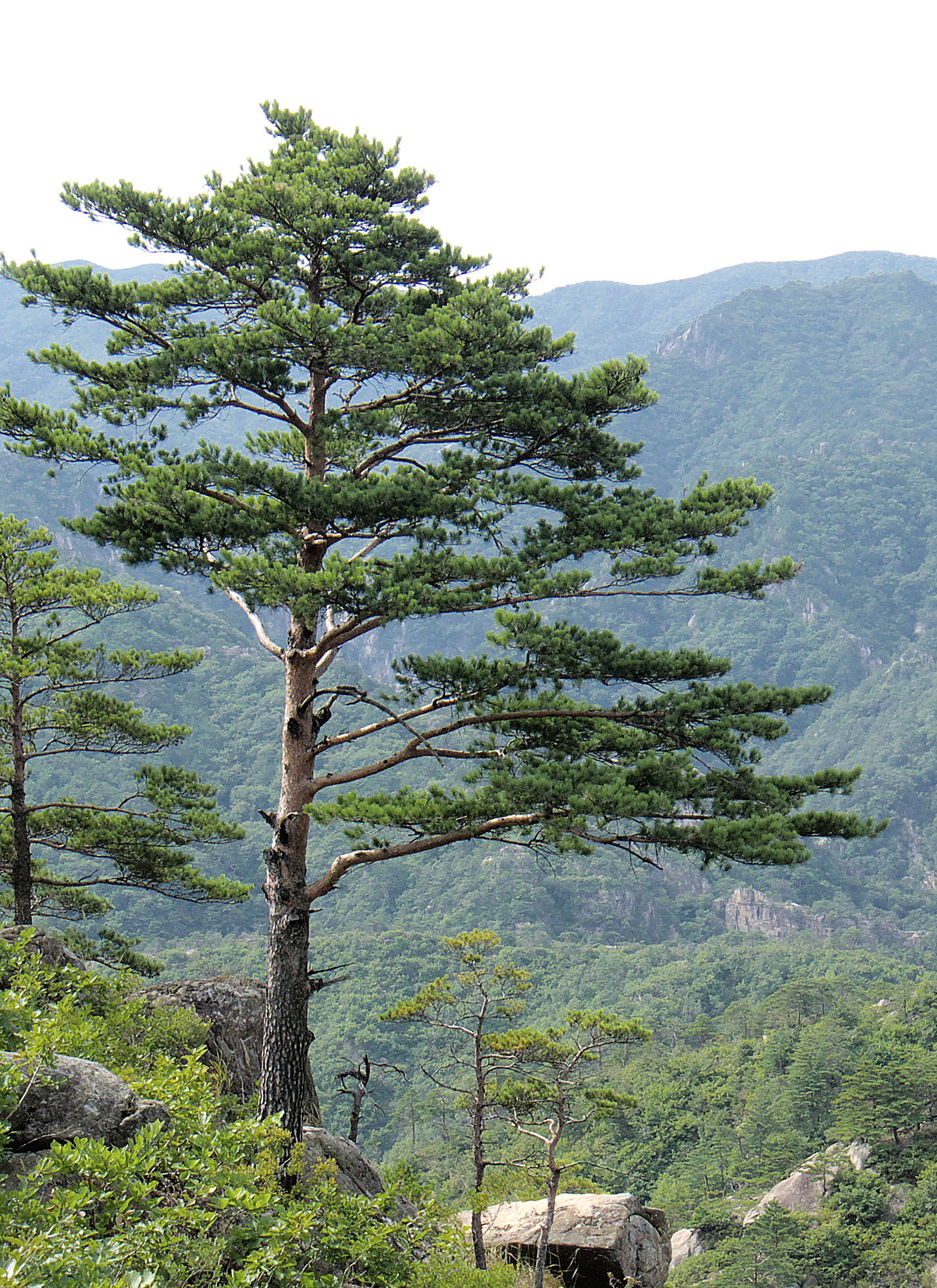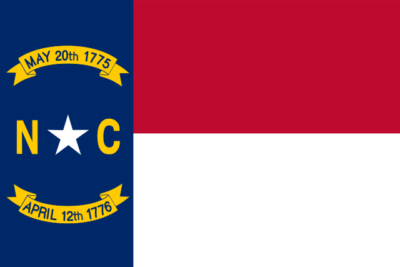State Symbols of North Carolina
Last updated on January 22nd, 2023 by Editorial Staff
By | Updated on January 22, 2023
Reviewed by Rittika
North Carolina is a constituent state located in the Southeastern region of the United States. North Carolina is named after King Charles I of England, who founded the English colony. Carolus is Latin for “Charles,”. Eventually, around 1663, people who had been given a grant of land by Charles II applied for the name, Carolina, to honor him. The official nickname of the state is Tar Heel State. The origin of this nickname is unknown, but most historians think that it stems from North Carolina’s lengthy history as a manufacturer of naval stores that include tar, pitch, rosin, and turpentine. Another nickname of the state is The Old North State. The name was given to the Carolina colony in 1710 when it was officially divided into two colonies, South Carolina and the earlier inhabited North Carolina.
The first Europeans arrived in North Carolina in the 1500s. North Carolina became the 12th state to ratify the United States Constitution on November 21, 1789, shortly after America gained independence from Great Britain. On May 20, 1861, North Carolina declared its independence from the Union. After the Civil War, the state was re-admitted to the Union on July 4, 1868.
It is bordered to the north by Virginia, to the east by the Atlantic Ocean, to the south by Georgia and South Carolina, and to the west by Tennessee.
With a total area of 53,819 sq mi (139,391 sq km), the state is the twenty-eighth largest state in the U.S. The state’s total population, according to the census 2020, is 10,439,388 making it the ninth most populous state.
The state’s capital is Raleigh, and its largest city is Charlotte.
Clay was first used by the state’s early Native Americans, who made utilitarian items. The customs of the indigenous people were carried on by European settlers. Clay remains a vital art medium that contributes to the state’s social, cultural, and economic growth. North Carolina designated clay as its official art medium in 2013.
The fun fact about the state is the famous but mysterious history of Roanoke Island. Sir Walter Raleigh established the Roanoke Colony in an attempt to find the first permanent English settlement in North America. The settlers vanished mysteriously in the late 1500s. There were no signs of the residents, as to what might have happened, other than a singular word Croatoan carved into a wooden post. “Croatoan” was the name of a Native American tribe that lived on an island south of Roanoke. Perhaps the colonists were killed or kidnapped by Native Americans, although there is no strong proof to back this up.
North Carolina declared the Northern cardinal its official state bird in 1943. Dogwood is one of North Carolina’s most common trees. The Dogwood tree blossom was recognized as North Carolina’s official state flower in 1941.
The Latin words “Esse Quam Videri” (To be, rather than to appear) were selected as the state motto by the North Carolina General Assembly in 1893. In 1927, North Carolina declared “The Old North State” its official state song.
North Carolina declared English the official state language in 1987.
State Information
| Official Language | English |
| State Rank | 28 |
| Demonym(s) | North Carolinian (official) |
| Nickname | Old North State, Tar Heel State |
| ISO | US-NC |
| Formation Date | November 21, 1789 |
| Coordinates | Lat: 33° 50′ N to 36° 35′ N, Long: 75° 28′ W to 84° 19′ W |
| Area |
State seal
Motto of North Carolina
Esse quam videri-"To be, rather than to seem"
State symbols of North Carolina 👇
-
State capitalRaleigh
-
State birdCardinal
-
State flowerFlowering dogwood
-
State fruitScupernong Grape
-
State treePine
-
State danceClogging, Carolina shag
-
State reptileEastern box turtle
-
State insectWestern honey bee
-
State vegetableSweet potato
-
State gemstoneEmerald
-
State animalGray Squirrel
-
State dishBarbecue (unofficial)
-
State fishSouthern Appalachian brook trout
